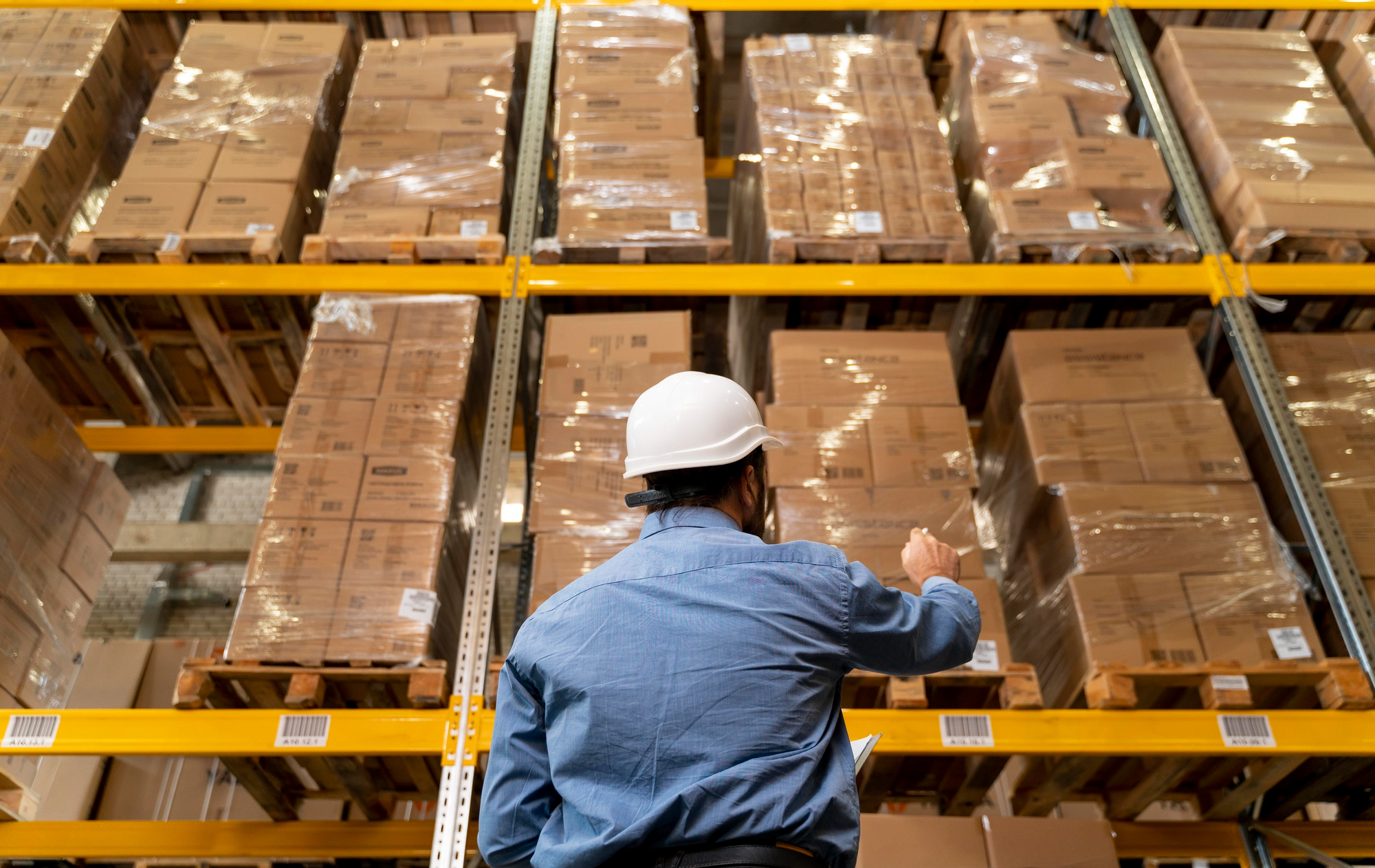What Tools Should a Good Warehouse Have to Facilitate Operations?
Warehouse management plays a critical role in business operations, especially for companies involved in shipping and storage. Having an efficient warehouse management system can reduce costs, speed up operations, and significantly improve customer satisfaction. In this article, we will discuss the essential tools and technologies needed for effective warehouse management.
1. Warehouse Management System (WMS)
A Warehouse Management System (WMS) is one of the most important tools for managing a warehouse efficiently. WMS helps track the status of goods inside the warehouse in real time. This system aids in managing the receipt and shipment of goods, inventory checks, organizing the warehouse, and monitoring damaged or expired products.
2. Inventory Management Tools
Inventory management tools help you track and control the amount of stock in the warehouse accurately. Using these tools prevents problems such as stockouts or overstocking, which can occur from overordering or failing to perform inventory checks regularly.
3. Shelving and Racking Systems
The organization of goods within the warehouse is crucial, especially for items of varying sizes and shapes. Shelving and racking systems help store products in an orderly manner, making it easier to access items quickly. This allows for faster picking and shipping of products.
4. Material Handling Equipment
Material handling equipment, such as forklifts, pallet jacks, and conveyor systems, is essential for facilitating the movement of goods within the warehouse. These tools reduce the need for manual labor and increase the efficiency of transporting large or heavy items.
5. Barcode/RFID Scanning Systems
The use of barcode scanning or RFID (Radio Frequency Identification) technology is another important tool for enhancing accuracy in tracking warehouse inventory. These systems allow you to monitor and track products throughout the shipping process, from receipt to delivery, reducing errors and increasing operational speed.
6. Transportation Management System (TMS)
A Transportation Management System (TMS) helps plan and track shipping routes. This system allows you to control transportation costs, optimize delivery times, and track the status of shipments in real time. TMS also helps calculate the estimated delivery time accurately.
7. Quality Control Tools
Quality control tools are crucial to ensuring that goods leaving the warehouse are not damaged or defective. These tools may include measuring instruments, durability tests, or visual inspection systems to ensure that products meet quality standards before they are shipped to customers.
8. Security Systems
Warehouse security is a critical concern. Effective security systems such as CCTV cameras, access control systems, and motion detection systems help prevent theft and unauthorized access to the facility, ensuring the safety of inventory.
9. Labor Management System
Labor management systems help track and manage warehouse staff efficiently. These systems record employee work hours, performance, and tasks, allowing businesses to improve workflow and increase productivity.
Conclusion
Having the right tools and technologies in place for warehouse management ensures that operations run smoothly and cost-effectively. A Warehouse Management System helps track stock and shipments accurately, while material handling equipment and barcode/RFID technology improve operational speed and reduce errors. These tools help businesses meet customer demands more effectively and manage their operations efficiently.
#Deliver Excellence in Every Service
#EasternAirLogistics

